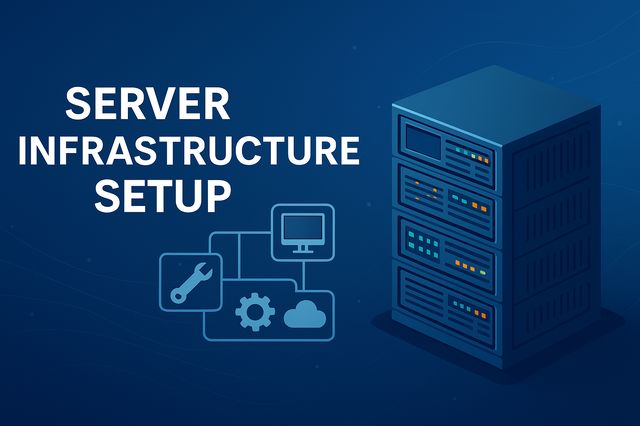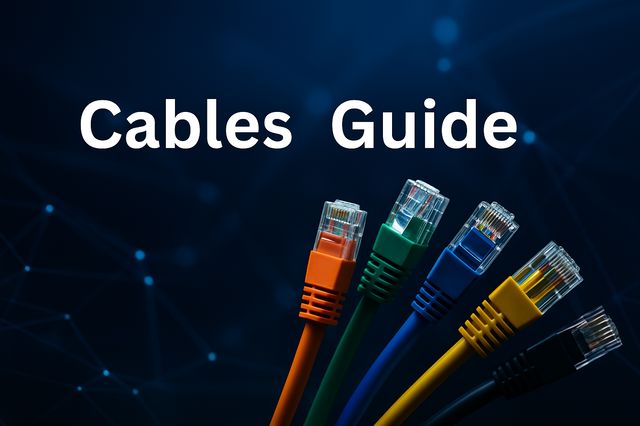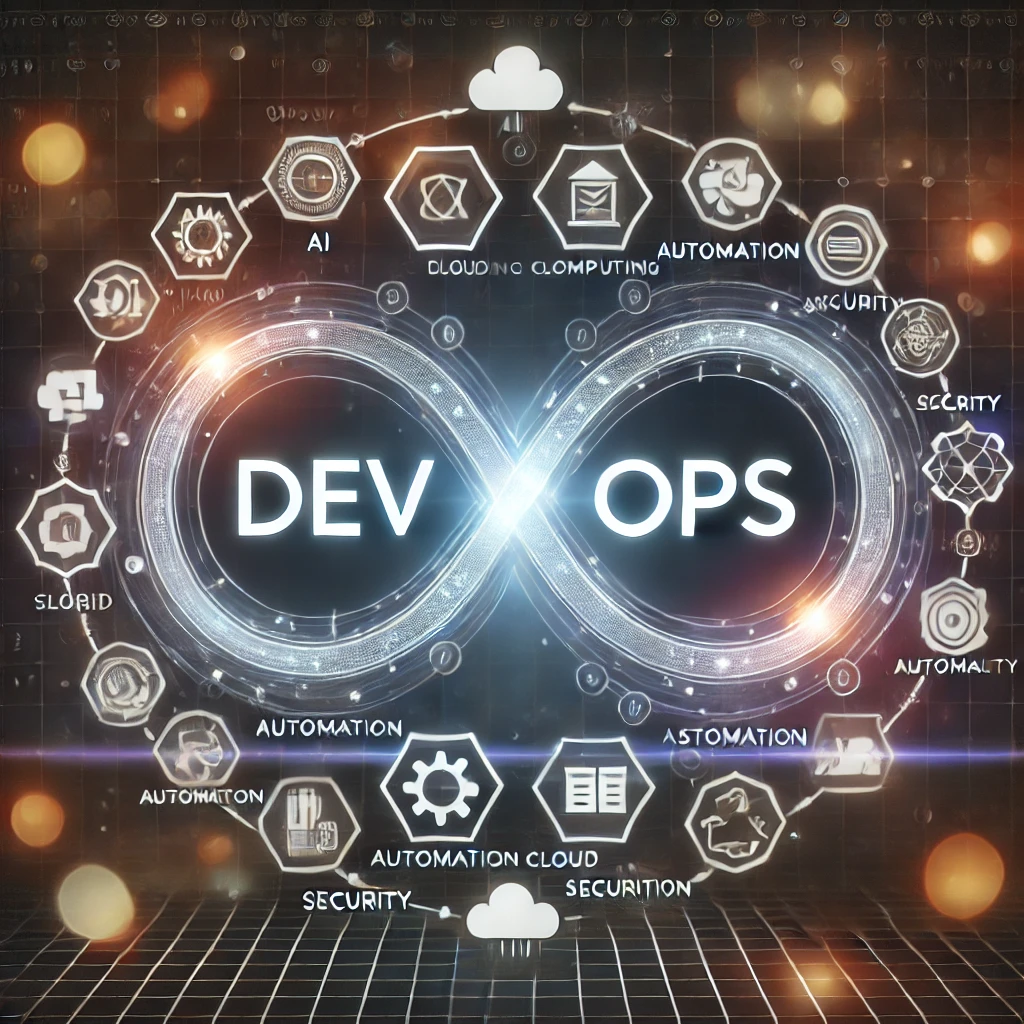Server infrastructure in 2025 is the backbone of every digital business a secure, scalable, and automated ecosystem that connects hardware, virtualization, and cloud environments into one resilient framework. The best setups combine performance, redundancy, and security-by-design principles to minimize downtime, prevent data loss, and enable continuous business growth. The Foundation of Every Digital Business Your servers are not just machines they are the heartbeat of your business. Every transaction, customer login, and cloud backup flows through them. A weak server setup can cost thousands in downtime, performance loss, and data…
Read MoreCategory: Compliance & Regulations
Network Cable Standards 2025 | The Complete SECITHUB Guide for SMB IT & Cybersecurity
Network cable standards in 2025 define the backbone of modern business connectivity ensuring faster data transmission, stronger cybersecurity, and future-ready scalability. Upgrading from CAT5e to CAT6a or CAT8 delivers not only speed but also improved shielding, stability, and resilience against electromagnetic interference, supporting Zero Trust, PoE++, and AI-driven workloads across SMB networks. The Backbone of Every Secure Network Behind every reliable business network lies a simple but critical component: the cable. While wireless gets the headlines, structured cabling remains the invisible infrastructure that keeps data secure, fast, and available.The latest…
Read MoreZero Trust Access Management for SMBs in 2025 | Controlling Identity, Cloud, and Access
Zero Trust Access Management (ZTAM) is the next evolution of identity and access control for small and midsize businesses.It replaces static trust with continuous verification ensuring every user, device, and session is authenticated in real time.In 2025, SMBs adopting Zero Trust reduce credential-based breaches, improve compliance readiness (ISO 27001, GDPR, PCI-DSS), and cut administrative overhead by up to 40% through automation and centralized identity governance. The Hidden Cost of Uncontrolled Identity In small and midsize businesses, access management is often invisible until something goes wrong.A single shared password, a forgotten…
Read MoreHigh Availability Firewalls 2025 | Building Continuous Protection for Modern Networks
High Availability (HA) firewalls ensure business continuity by eliminating single points of failure in network security.They use redundancy, session synchronization, and automated failover to maintain protection during hardware or link failures.For SMBs and enterprises alike, HA is not just a technical upgrade it’s a strategic necessity to keep operations, compliance, and trust uninterrupted. The Hidden Cost of Network Downtime Every second your network is offline, your business loses more than connectivity | it loses revenue, credibility, and customer trust. In today’s digital environment, availability is not a luxury but a…
Read MoreThe Ultimate 2025 Guide to Server Racks and Network Infrastructure Planning Installation and Best Practices
Server Racks and Network Infrastructure form the physical and operational backbone of every modern SMB IT environment.In 2025, proper rack design, cooling management, and structured cabling are essential for uptime, scalability, and compliance.A well-planned infrastructure reduces maintenance costs by up to 30%, extends hardware lifespan, and supports hybrid IT growth turning the server rack into the digital heart of business continuity and performance. The Real Challenge Behind Network Infrastructure Every growing company reaches that moment when their network setup is no longer enough.Maybe it started with one switch under a…
Read MoreHow to Build and Secure a Network Rack for SMB Offices | A Practical Guide
Building and securing a network rack for SMB offices means designing the physical and logical foundation of your IT environment where connectivity, stability, and security all meet.A well-planned rack ensures uptime, protects equipment, and supports business growth.Core best practices include: Proper capacity and airflow planningClear rack organization (patch panels → switches → servers → power) Strong physical access controls and monitoring Secure firmware, cabling, and labeling standards Ongoing audits, remote monitoring, and MSP oversight In 2025, your network rack isn’t just hardware it’s your business continuity engine. For small and…
Read MoreAPI Security | Protecting the Digital Backbone of Modern Applications
The Growing Importance of API Security APIs are the foundation of modern digital ecosystems, enabling seamless integration between applications, services, and devices. However, their widespread adoption also makes them a prime target for cyberattacks. API vulnerabilities, ranging from broken authentication to injection attacks, expose organizations to data breaches, operational disruptions, and compliance violations. A recent study by Salt Security revealed that API attacks have increased by over 400% in the last two years, with 94% of organizations experiencing API-related security incidents. Given the rising dependence on APIs, organizations must adopt…
Read MoreDevOps Security | Bridging the Gap Between Speed and Protection
The Growing Importance of DevOps Security As organizations embrace DevOps methodologies to enhance software development and deployment speed, security often lags behind. DevOps enables rapid innovation, but without proper security integration, it also introduces new attack vectors, misconfigurations, and compliance risks. A report by Gartner predicts that by 2025, 99% of cloud security failures will be the customer’s fault, often due to mismanaged DevOps pipelines. This highlights the urgent need for a DevSecOps approach—embedding security directly into the DevOps lifecycle rather than treating it as an afterthought. Why Traditional Security…
Read MoreShadow IT | How to Monitor and Control Unapproved Technologies in Your Organization
The Rise of Shadow IT and Its Security Implications In the era of cloud computing, remote work, and decentralized IT environments, Shadow IT has become an unavoidable challenge for enterprises. Employees and departments often deploy unauthorized applications, cloud services, and devices without IT approval, leading to increased security risks, compliance violations, and data exposure. A report by Gartner estimates that 30% to 40% of all IT spending in large enterprises occurs outside of IT’s direct control. This means that critical business applications, sensitive data, and third-party integrations are often unmonitored,…
Read MoreThe Rising Threat of Social Engineering in Cybersecurity
Cybercriminals are increasingly targeting human vulnerabilities rather than technological ones. Social engineering is a psychological manipulation technique used to deceive individuals into revealing sensitive information, granting unauthorized access, or executing fraudulent transactions. Unlike traditional cyberattacks that exploit software flaws, social engineering preys on trust, emotions, and human error, making it one of the most effective and dangerous attack vectors in modern cybersecurity. The Growing Impact of Social Engineering Attacks Social engineering accounts for 70% to 90% of cyberattacks, causing billions of dollars in damages each year. According to the 2024…
Read More








